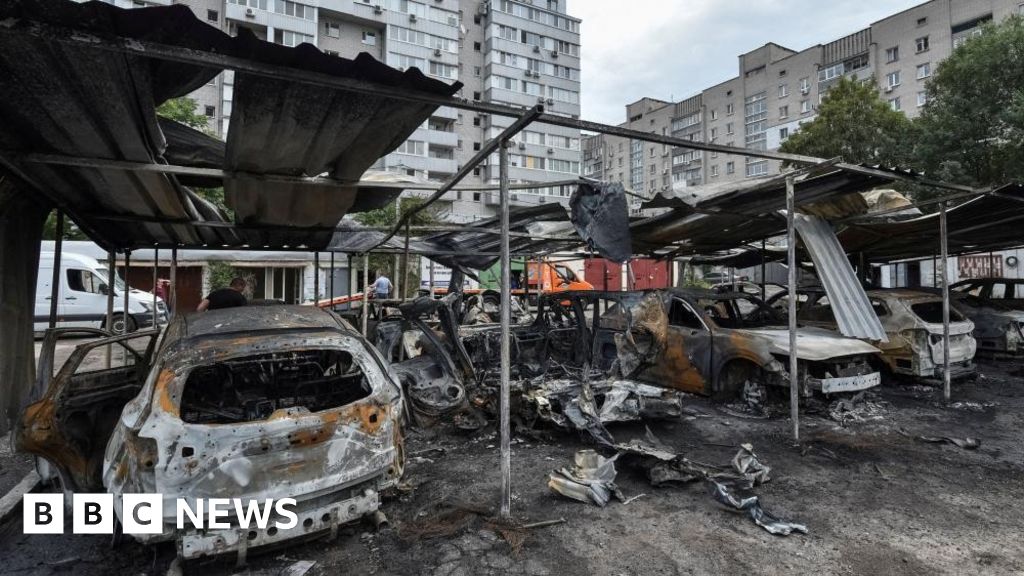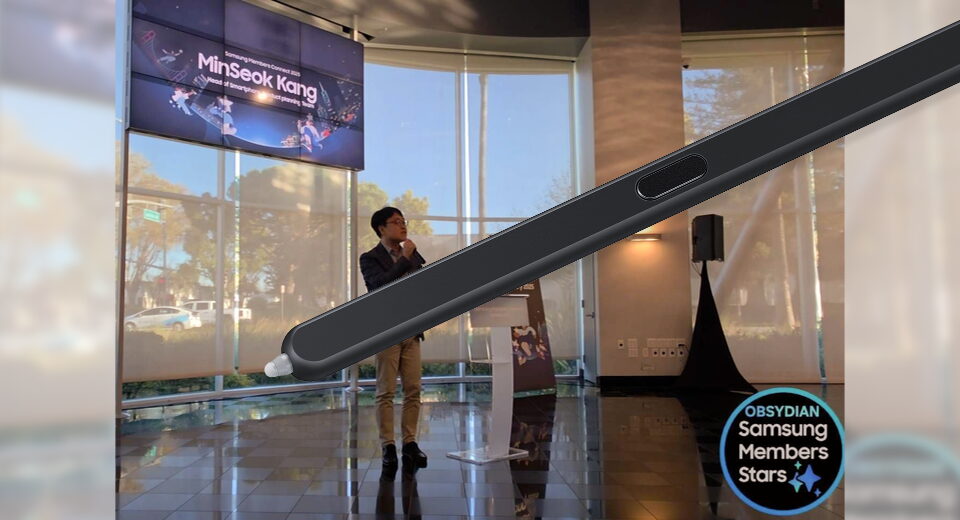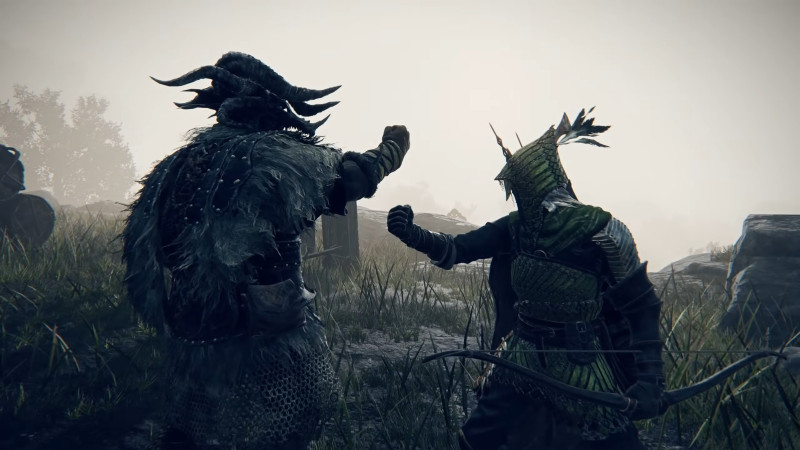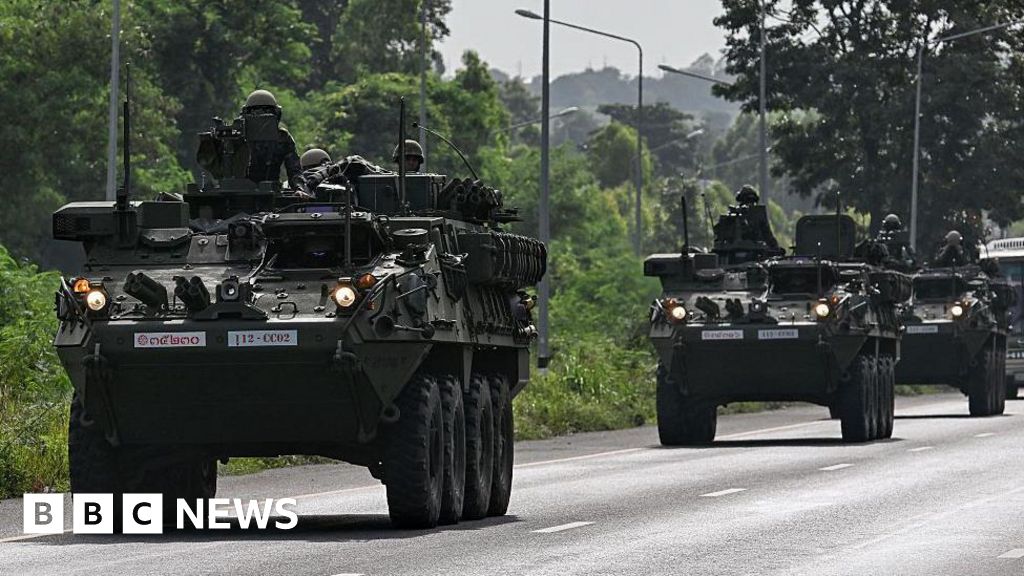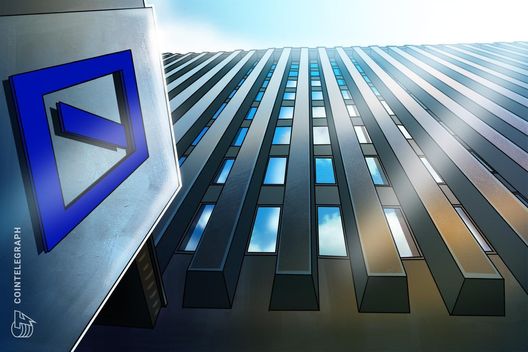CCTV Footage Captures the First-Ever Video of an Earthquake Fault in Motion
CCTV Footage Captures the First-Ever Video of an Earthquake Fault in Motion, Shining a Rare Light on Seismic Dynamics
A clip recorded in Myanmar in March reveals a curved path of the fault slip, which can help scientists better understand the physics of such events
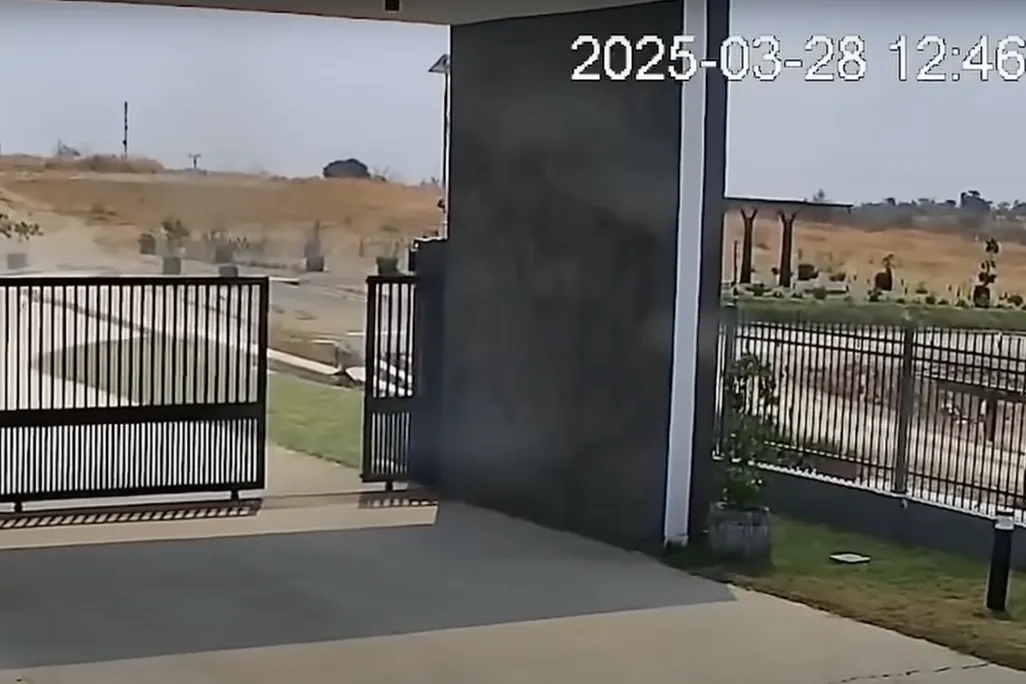
On March 28, a devastating magnitude 7.7 earthquake shook Myanmar. By chance, one camera caught a rare video, capturing the moment when the ground cracked and shifted in opposite directions.
CCTV footage along Myanmar’s Sagaing Fault—about 74.5 miles south of the earthquake’s hypocenter—shows the fault as it cracks and slides. This marks the first recording scientists have been able to observe that captures a fault in motion.
Jesse Kearse, a geophysicist at Kyoto University in Japan, watched the YouTube video of the event over and over. On about the fifth or sixth play through, Kearse noticed the fault slip appeared curved, he explains in a statement from the Seismological Society of America.
The video “sent chills down my spine straight away,” Kearse says in the statement. “Instead of things moving straight across the video screen, they moved along a curved path that has a convexity downwards, which instantly started bells ringing in my head.”
Need to know: The deadly and powerful earthquake that struck Myanmar
The March 2025 earthquake in Myanmar was the most powerful to hit the country in more than a century. With its epicenter near the populous city of Mandalay, it was also the second deadliest quake in Myanmar’s modern history.
Kearse had previously studied curved slickenlines—or scratches on the surface of a fault—that offer geological evidence of past quakes. His work suggested the curvature of these markings could reveal which direction a rupture had traveled. But until now, he had never seen it happen in real time.
For the study, Kearse and his co-author, geophysicist Yoshihiro Kaneko of Japan’s Kyoto University,
Those movements and the short duration suggest the earthquake was pulse-like, “characterized by a concentrated burst of slip propagating along the fault, much like a ripple traveling down a rug when flicked from one end,” Kearse explains in another statement from Kyoto University. The findings were published in the journal The Seismic Record on July 18.

After the slip reached its peak velocity, it slowed down and straightened out.
The curvature could happen because the stress on the fault at the surface is fairly low compared to the stress farther underground. “These transient stresses push the fault off its intended course initially, and then it catches itself and does what it’s supposed to do after that,” explains Kearse in a statement.
The study also reveals that videos like the one captured in Myanmar can be a powerful tool for researchers and potentially unlock new frontiers in understanding the physics of earthquakes, Kearse writes in an article for the Conversation.
The work supports the idea that curved slickenlines can point out the direction of an earthquake. Scientists knew the quake in Myanmar traveled from north to south—and models of the event based on the curvature match up with that reality, per the Conversation.
“We did not anticipate that this video record would provide such a rich variety of detailed observations,” Kearse adds in a statement.
In turn, this knowledge can help seismologists and geologists better predict future ruptures and help cities build more resilient infrastructure with the goal of saving lives.
Kearse and his colleagues next plan to use physics models to explore the factors that determine fault behavior.
Get the latest stories in your inbox every weekday.
What's Your Reaction?
 Like
0
Like
0
 Dislike
0
Dislike
0
 Love
0
Love
0
 Funny
0
Funny
0
 Angry
0
Angry
0
 Sad
0
Sad
0
 Wow
0
Wow
0
